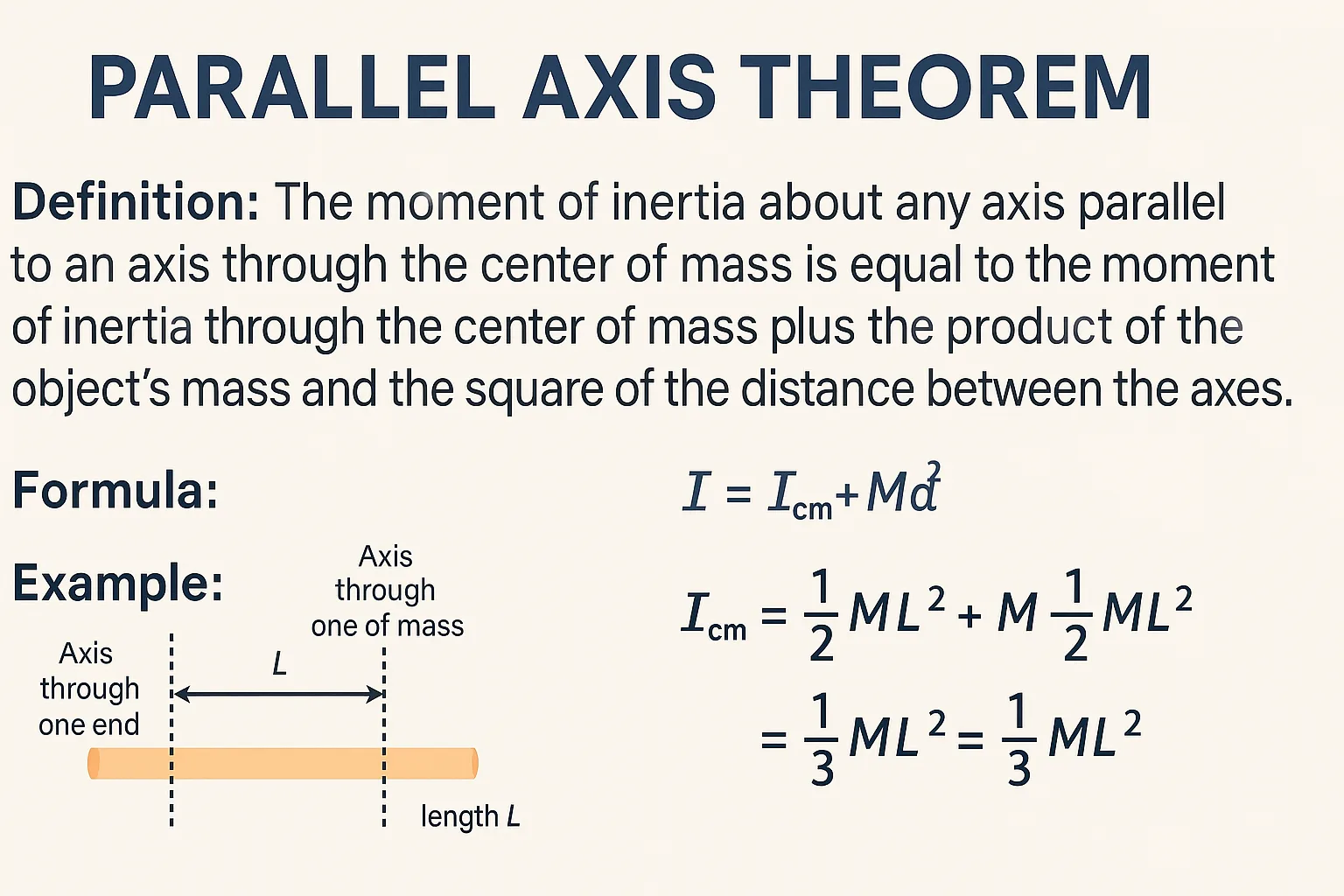Latin America: Overview
Latin America refers to a cultural and geographic region in the Americas where Romance languages (primarily Spanish, Portuguese, and to a lesser extent French) are spoken. It encompasses parts of North, Central, and South America, along with the Caribbean. The region is renowned for its rich cultural diversity, vibrant traditions, and complex history.
Key Facts
- Area: Approximately 19.2 million square kilometers (7.41 million square miles)
- Population: Over 660 million (2023 estimate)
- Language: Predominantly Spanish and Portuguese, with some French and Indigenous languages (e.g., Quechua, Guarani, Nahuatl).
- Largest Countries:
- By area: Brazil
- By population: Brazil, followed by Mexico
- Regions:
- North America: Mexico and parts of the Caribbean.
- Central America: Countries between Mexico and Colombia.
- South America: The southern continent, including Brazil, Argentina, and others.
- Caribbean: Spanish-speaking countries like Cuba, Dominican Republic, and Puerto Rico.
Geography
- Landscape:
- Features vast rainforests (Amazon), deserts (Atacama), highlands (Andes Mountains), and extensive coastlines.
- Rivers: Amazon River, Paraná River, Orinoco River.
- Climate:
- Varies from tropical in the Amazon basin to arid in the deserts and cold in the Andes.
History
- Pre-Columbian Civilizations:
- Advanced civilizations like the Aztecs, Mayans, and Incas dominated the region before European arrival.
- European Colonization:
- Colonized by Spain and Portugal in the 16th century, with smaller territories held by France, the Netherlands, and Britain.
- Colonization brought about the fusion of European, Indigenous, and African cultures but also led to exploitation, slavery, and significant loss of Indigenous lives.
- Independence Movements:
- Most Latin American nations gained independence in the 19th century, inspired by figures like Simón Bolívar, José de San Martín, and Miguel Hidalgo.
Culture
- Language:
- Spanish is dominant in most countries; Portuguese is spoken in Brazil, and French in parts of the Caribbean.
- Art and Music:
- Known for genres like salsa, samba, tango, reggaeton, and mariachi.
- Artistic contributions from Diego Rivera, Frida Kahlo, Fernando Botero, and others.
- Cuisine:
- Dishes like tacos, empanadas, feijoada, ceviche, tamales, and arepas are staples.
- Common ingredients include corn, beans, rice, plantains, and tropical fruits.
- Festivals:
- Carnival in Brazil, Day of the Dead in Mexico, and various Independence Day celebrations across the region.
Economy
- Key Sectors:
- Agriculture (coffee, sugar, bananas, soybeans), mining (oil, gold, copper), and tourism.
- Manufacturing and technology are growing sectors in countries like Brazil and Mexico.
- Major Trade Agreements:
- MERCOSUR, Pacific Alliance, and partnerships with global markets.
- Economic Disparity:
- While some countries like Brazil and Mexico are regional powers, poverty and inequality remain significant challenges.
Famous Attractions
- Machu Picchu (Peru)
- Christ the Redeemer (Brazil)
- Chichen Itza (Mexico)
- Iguazu Falls (Argentina/Brazil border)
- Galápagos Islands (Ecuador)
Latin America is a vibrant region marked by its cultural richness, natural beauty, and historical depth. Despite economic and social challenges, it continues to be a major contributor to global culture, art, and biodiversity.
Additional Insights

Parallel Axis Theorem – Definition, Formula, Derivation & Applications

Axis of Symmetry: Definition, Equation, and Real-Life Applications

X and Y Axis: Definitions, Graphs and Examples
Coconut Spanish Translation

Cashew Spanish Translation
Axis Definition and Meaning

Walnut in Spanish Translation

Almond in Spanish – Translation and Meaning
